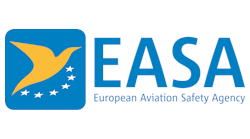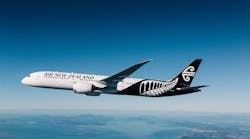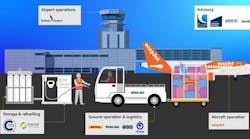The National Business Aviation Association (NBAA) welcomed guidance from the U.S. Treasury Department on the fuel products eligible for the sustainable aviation fuel (SAF) blender’s tax credit under section 40B of the Internal Revenue Code.
The decision, Notice 2024-06, follows initial guidance from the Treasury Department under Notice 2023-06, which established rules for lifecycle greenhouse gas (GHG) emissions for fuels.
Additionally, the Biden administration announced a plan to release by March 1, 2024, an updated version of the Department of Energy’s Greenhouse Gases, Regulated Emissions and Energy Use in Transportation (GREET) Model. GREET is a tool that measures the life-cycle emissions of vehicle technologies, fuels, products and energy systems. The updated GREET model provides a robust methodology for SAF producers to determine the lifecycle GHG emissions of their products to qualify for the SAF credit.
“We are optimistic about the guidance from the Treasury Department today,” said NBAA president and CEO Ed Bolen. “It’s an important step toward the increased production and distribution of SAF, which is key to business aviation meeting its mission to net-zero carbon emissions by 2050. We are eager for the release of an updated GREET model in the spring.”
A key component in business aviation’s commitment to achieve net-zero carbon emissions by 2050 is SAF, which is used to power aircraft, and has similar properties to conventional jet fuel, but with a smaller carbon footprint. SAF, which is made from renewable biomass, waste-based feedstocks and atmospheric carbon, can be used in all existing turbine aircraft, and reduces aviation lifecycle GHG emissions by as much as 80 percent.
Business aviation was one of the first advocates for SAF, helping to expand its production, availability and use. Today, the fuels are powering an increasing number of flights, but the amount of SAF available remains insufficient to meet demand. As a result, the industry continues to work with stakeholders globally to accelerate the production and availability of SAF.







